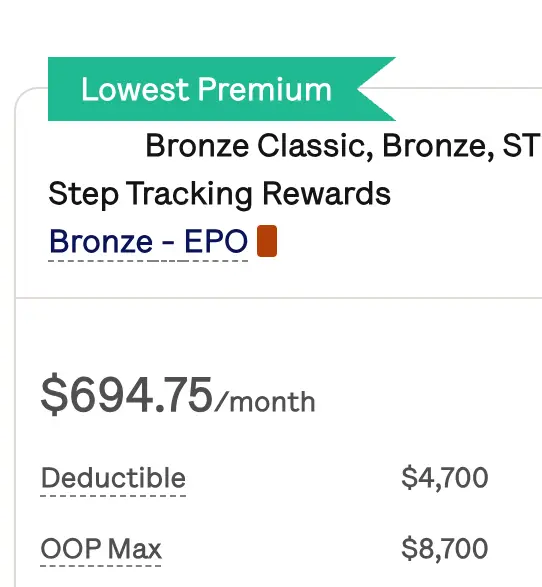What Is a Health Savings Account & How it Works
What Is a Health Savings Account & How it Works
A health savings account (HSA) is a way to set aside pre-tax money for medical expenses if you have a high deductible health plan. There are several health savings account rules that determine who is eligible, contribution limits, money rollover, and how to remove funds from the account.
If you are looking for ways to save money on health care expenses, Mira may be a great option for you and your family. Mira is an alternative to health insurance that can be used in addition to a high deductible health plan to help you get access to affordable lab tests, urgent care visits, and up to an 80% savings on prescriptions.
Health Savings Account Definition
A health savings account (HSA) is a way to allocate pre-tax money to pay for your health expenses. By setting up an HSA, you will have money in an account that is used only to pay for your health care costs, such as copayments, coinsurance, or other costs associated with seeking care. Unlike a flexible spending account (FSA), the money rolls over every year so that you can use it when you need it the most.
Most HSAs will issue you a debit card to use to pay for medical expenses. HSAs are only available for people who are covered by high deductible or catastrophic health plans and can help you save money on health care costs.
Health Savings Account Rules
While HSAs are a great way to set aside money to pay for health expenses, they are not available to everyone and you must follow certain rules when setting up or maintaining this type of account. Below we outline the rules regarding qualifying for and managing a health savings account.
- Be Paying for an HDHP: In order to qualify for a health savings account, you must have a high deductible health plan (HDHP). In 2021, the annual deductible for an individual HDHP must be between $1,400 and $7,000. The annual deductible for a family HDHP must be between $2,800 and $14,000.
- Other Eligibility Requirements: In addition, you cannot be on Medicare or filed as a dependent on someone’s 2020 tax returns to have an HSA. You also cannot be covered by another health insurance plan, with exceptions for dental care, vision, long term care and other plans.
- Contribution Limit: The contribution limit for an HSA depends on whether you are an individual or family. For an individual, the annual contribution limit for an HSA is $3,600 while the annual contribution limit for a family is $7,200. In addition, the contribution limits for individuals 55 or older is increased by $1,000.
- Funds Can Rollover: If you do not use all of the funds in your HSA in a given year, you will not lose the money. You can rollover the extra money to an account to use the following year. You can rollover funds by contacting your HSA provider, who can help transfer your excess funds to a new account.
- Removing Funds From Your Account: You can remove funds from an HSA to pay for eligible medical expenses at any time. In addition, you can take out tax-free money from t

Get affordable doctor copay without paying insurance premiums
Join 39,000 people and get Mira, the best alternative to traditional insurance. Enroll and use immediately. Plans start at only $45/mo.
Jacqueline graduated from the University of Virginia in 2021 with a B.A. in Global Public Health and is a current M.D. candidate at the Icahn School of Medicine at Mount Sinai. Jacqueline has been working for Mira since April 2020 and is passionate about the intersection of public health and medical care.
